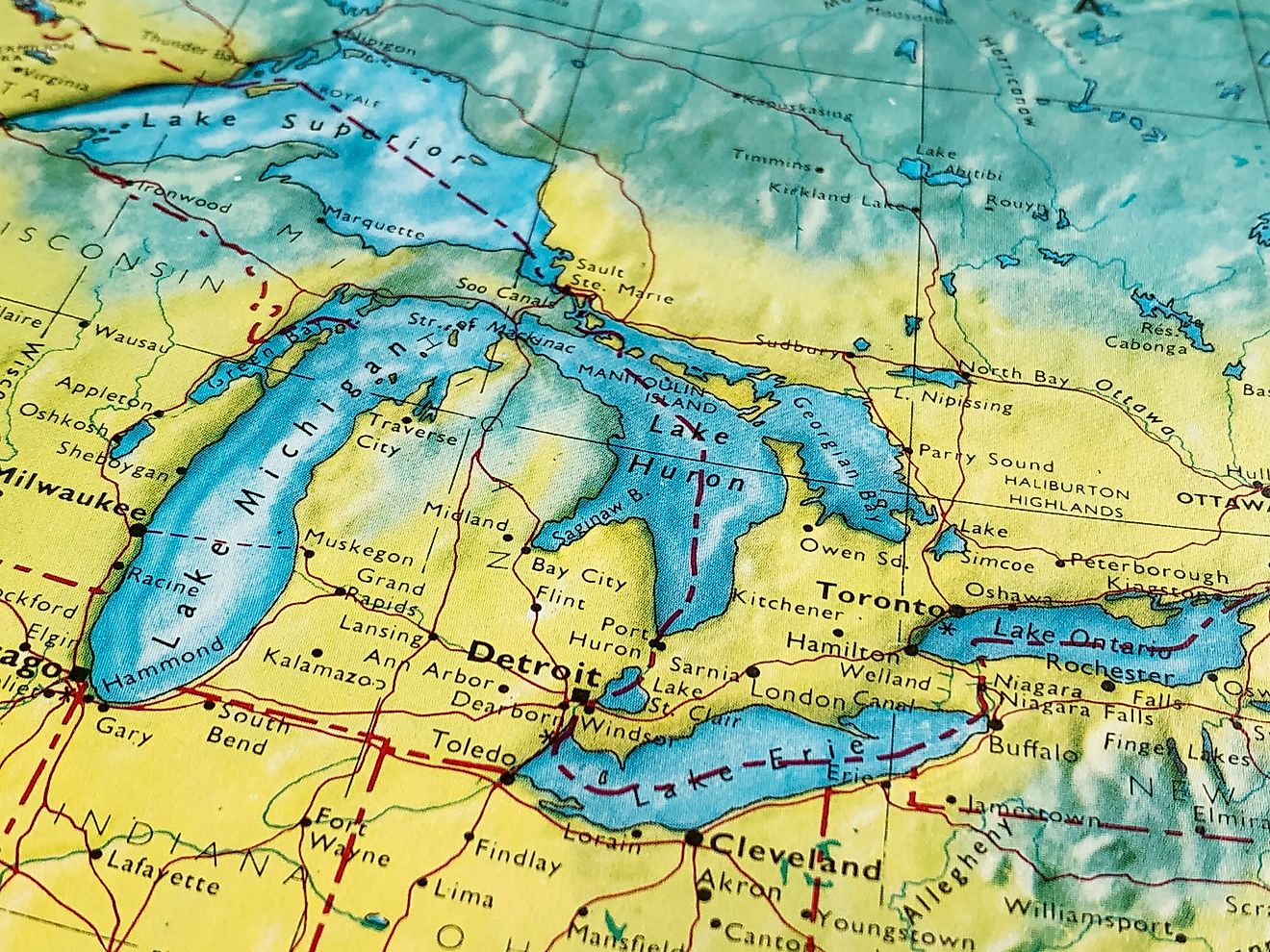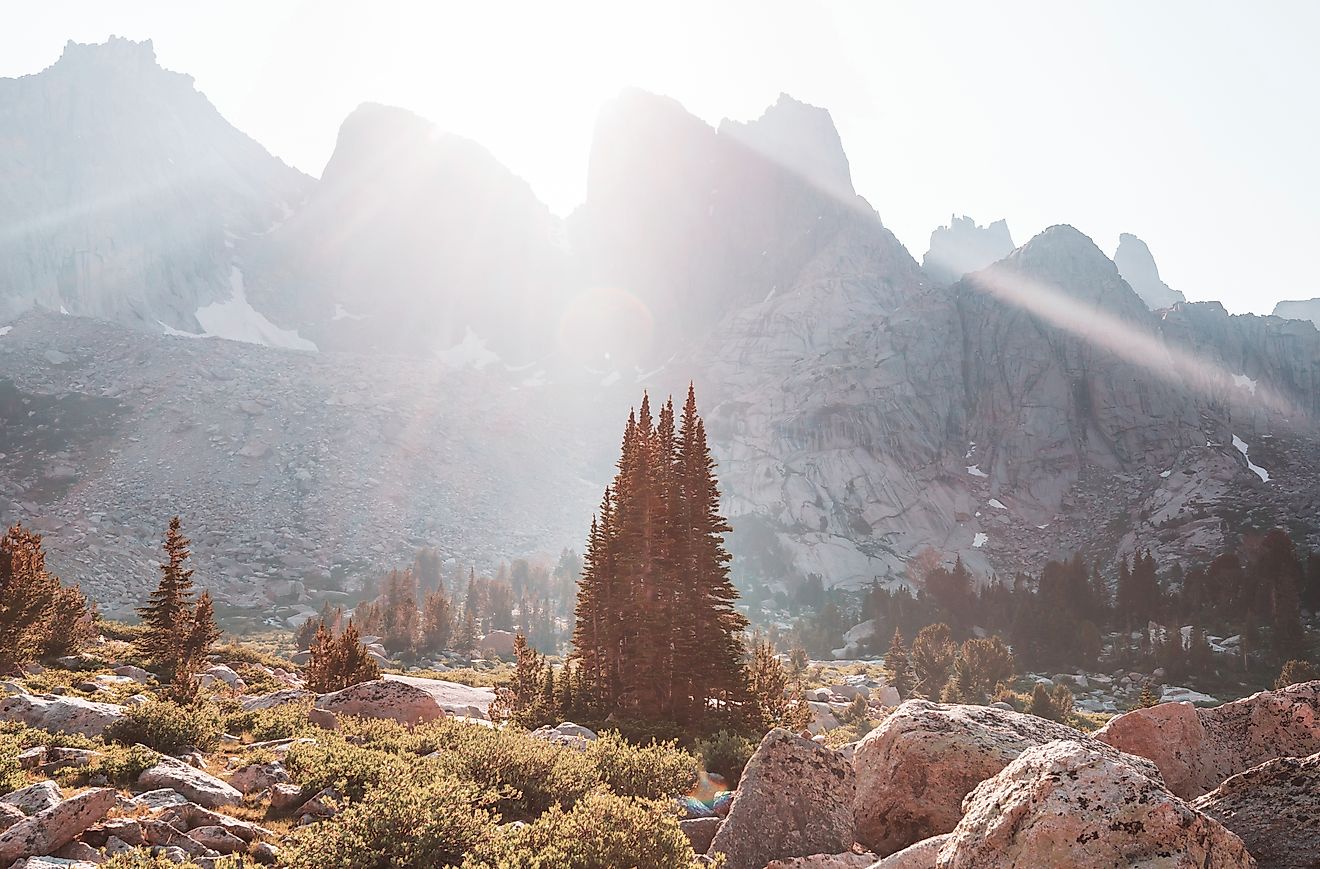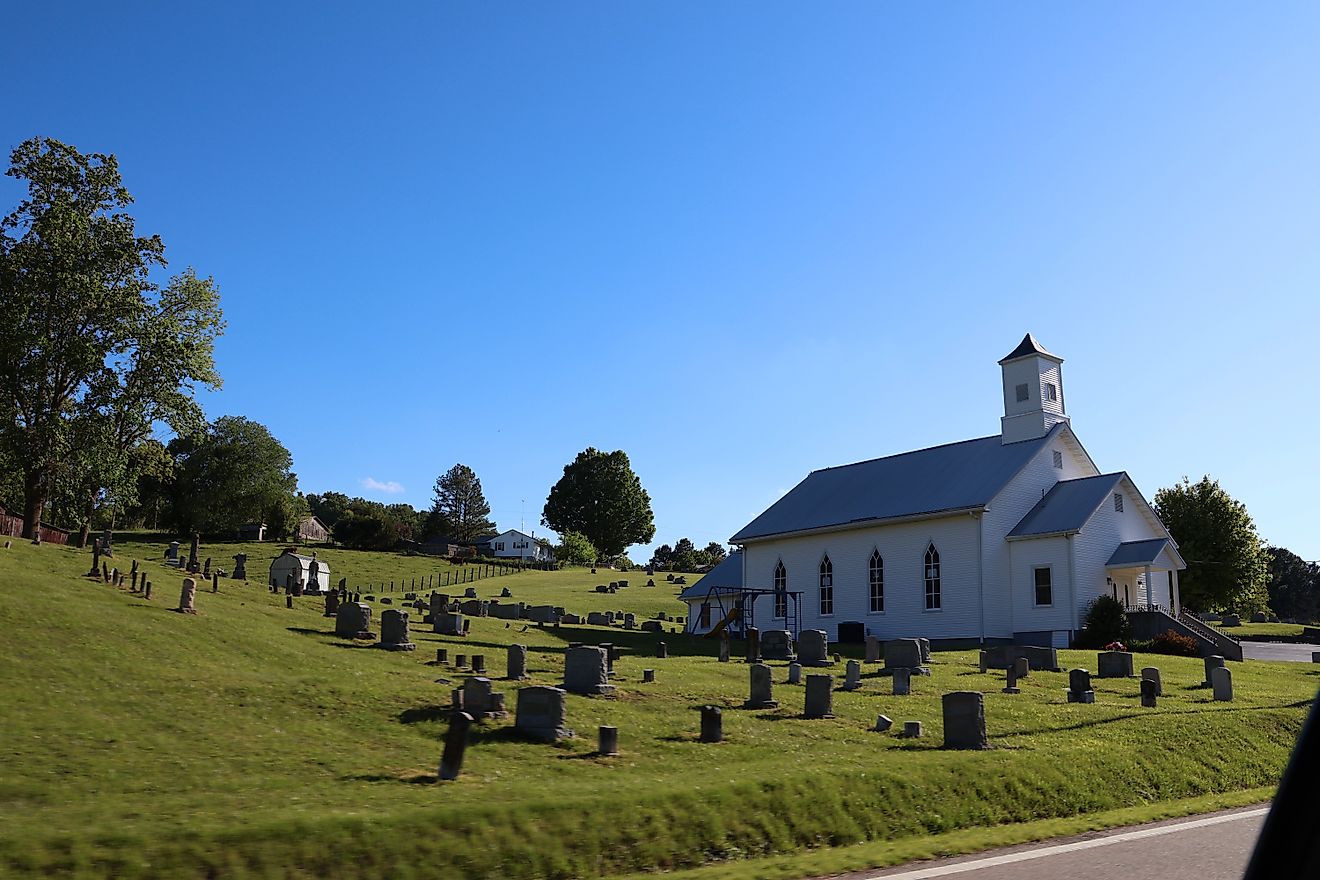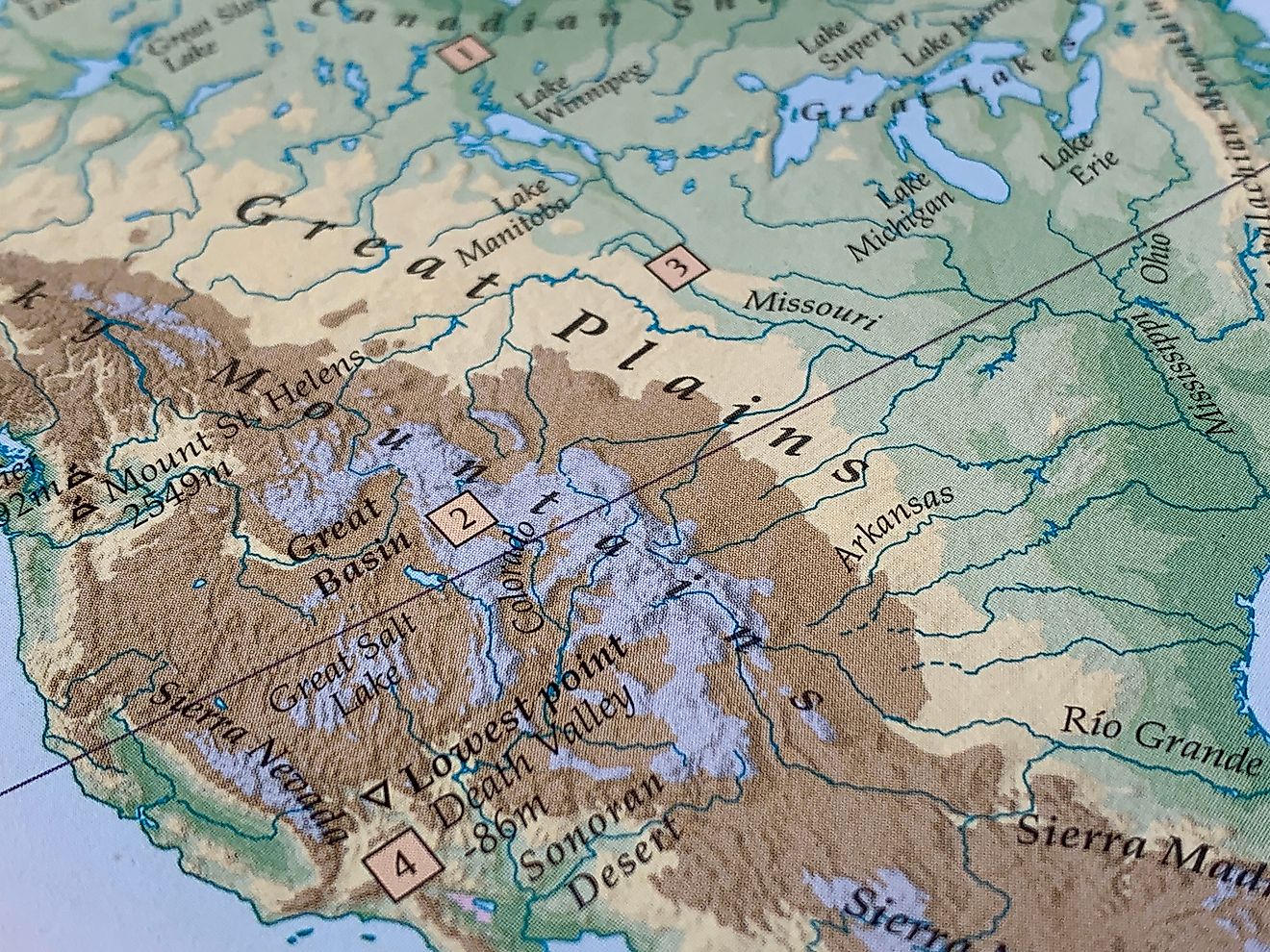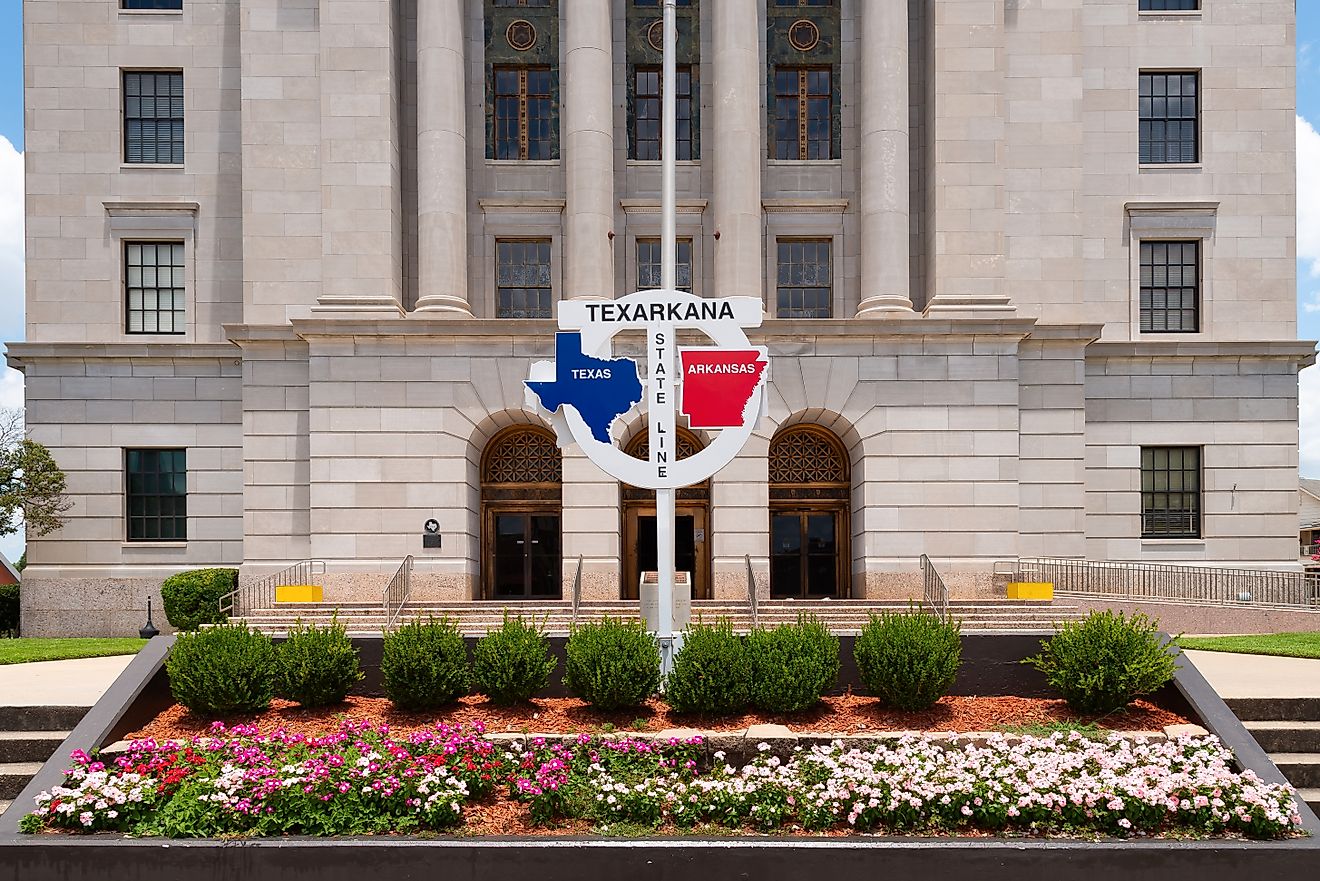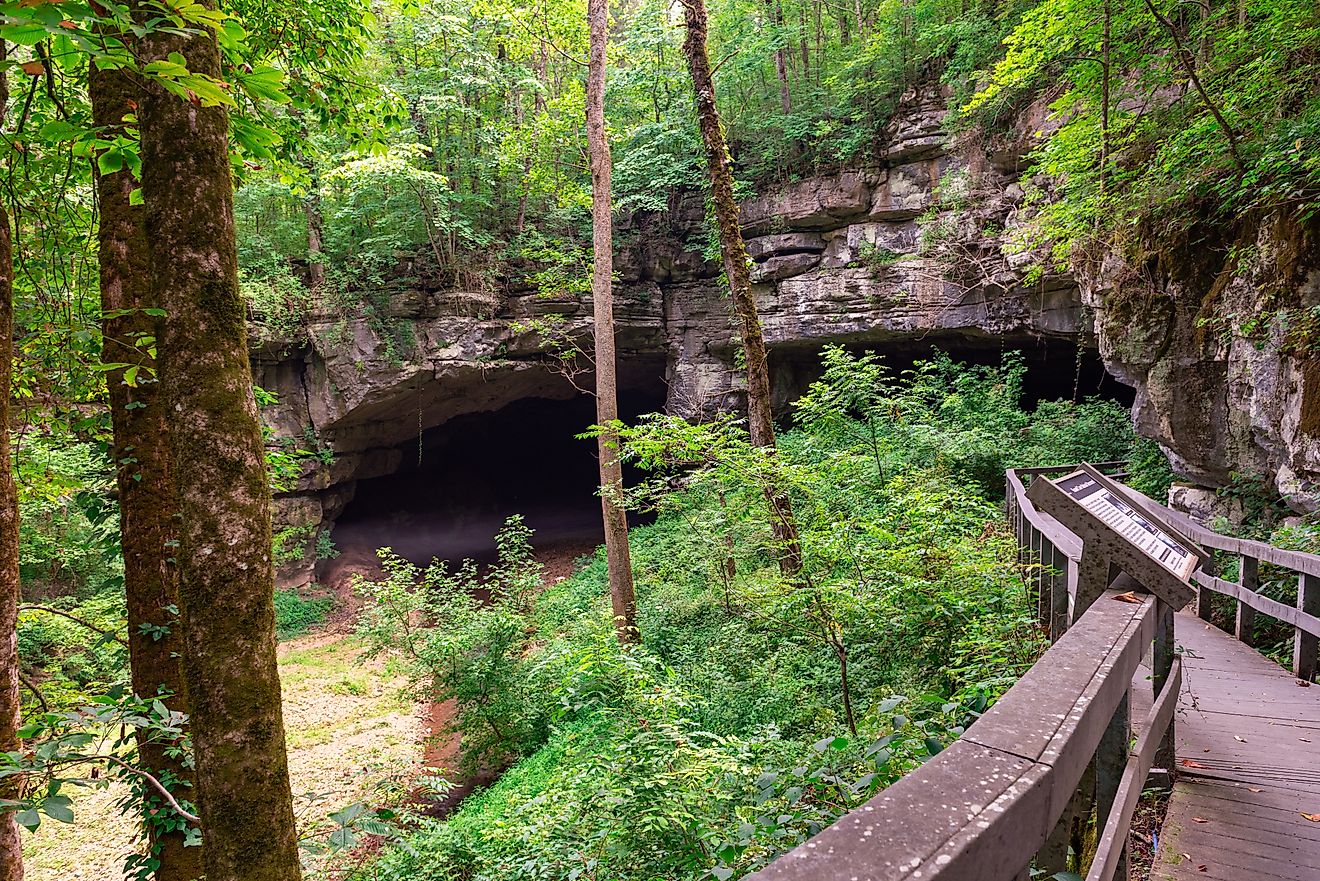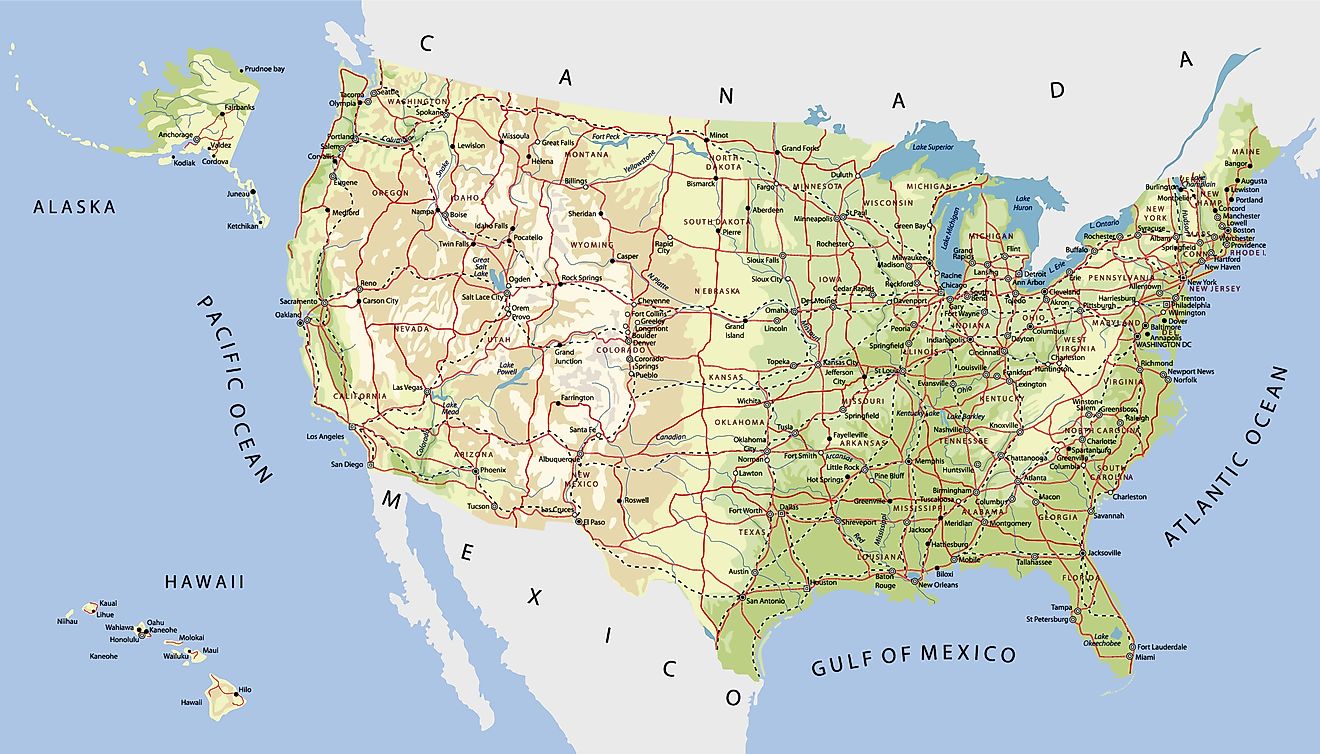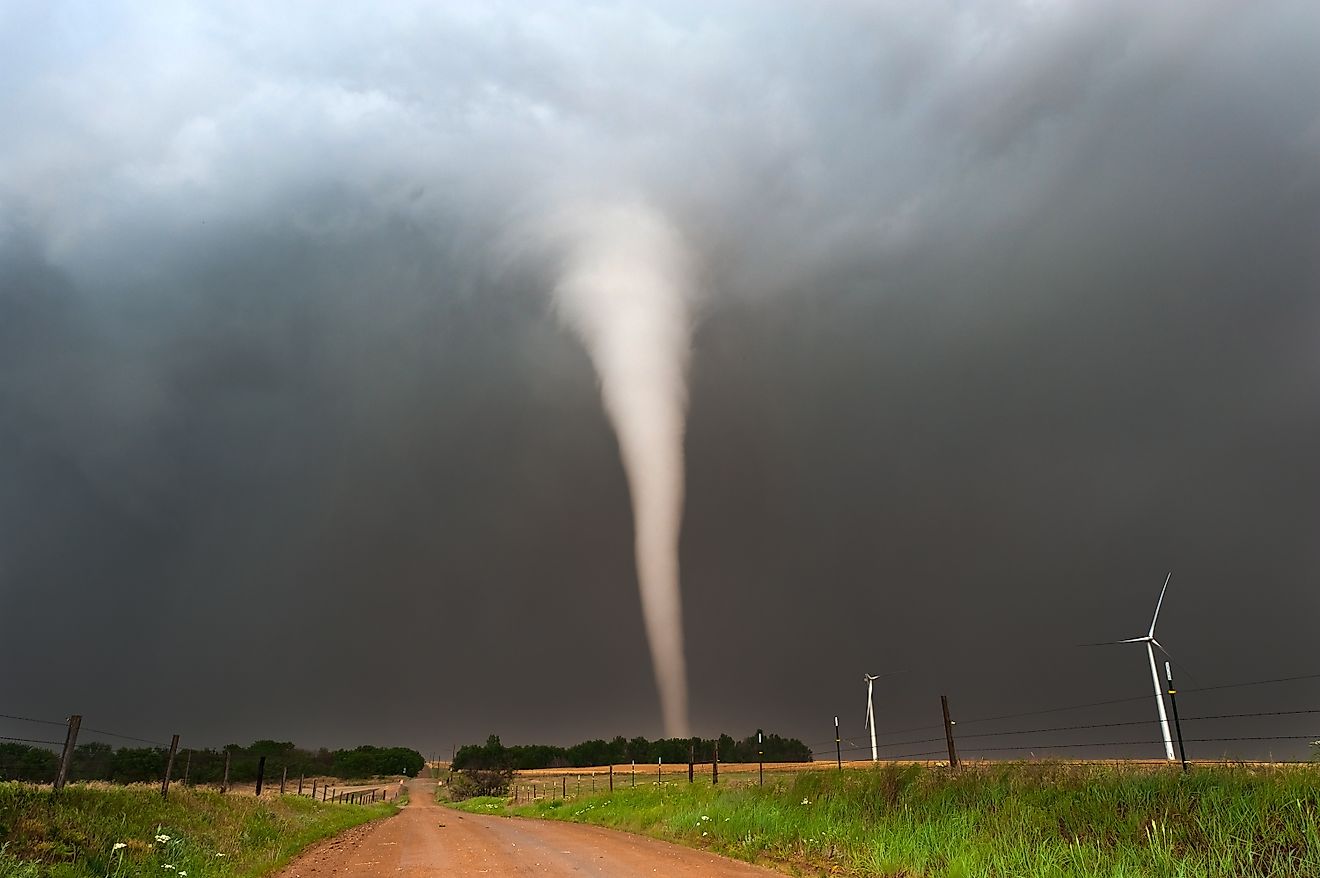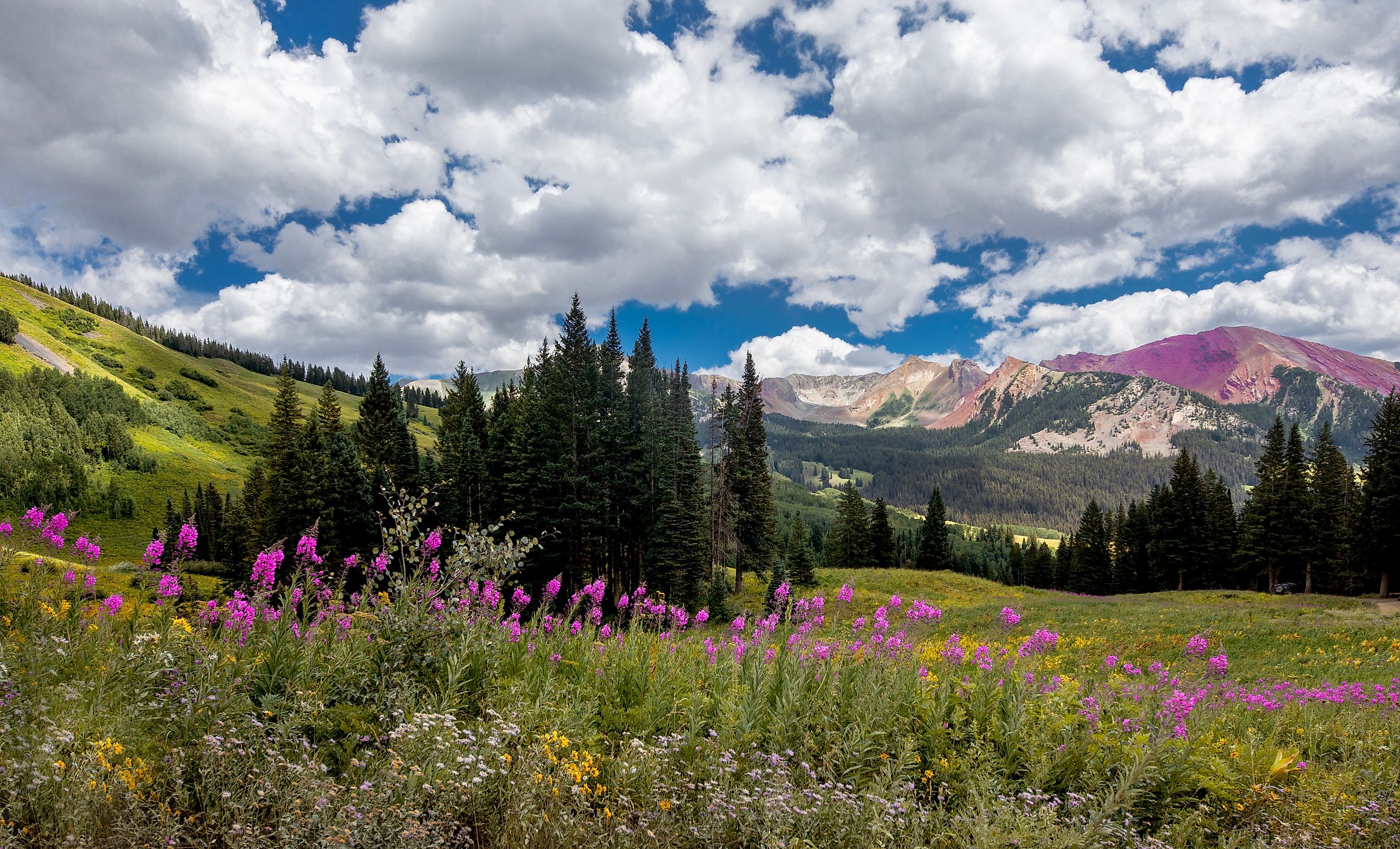
How Many National Forests Are There in The United States?
The United States is home to 154 national forests, stretching across 44 states and covering nearly 200 million acres. These forests are not just vast stretches of trees, they are playgrounds for adventurers, sanctuaries for wildlife, and essential resources for communities. From hiking in the towering peaks of Alaska’s Tongass National Forest to camping near the waterfalls of Oregon’s Mount Hood National Forest, each forest offers something unique.
Explore the number, variety, and significance of these national treasures, revealing why they are so much more than just protected land.
Understanding National Forests
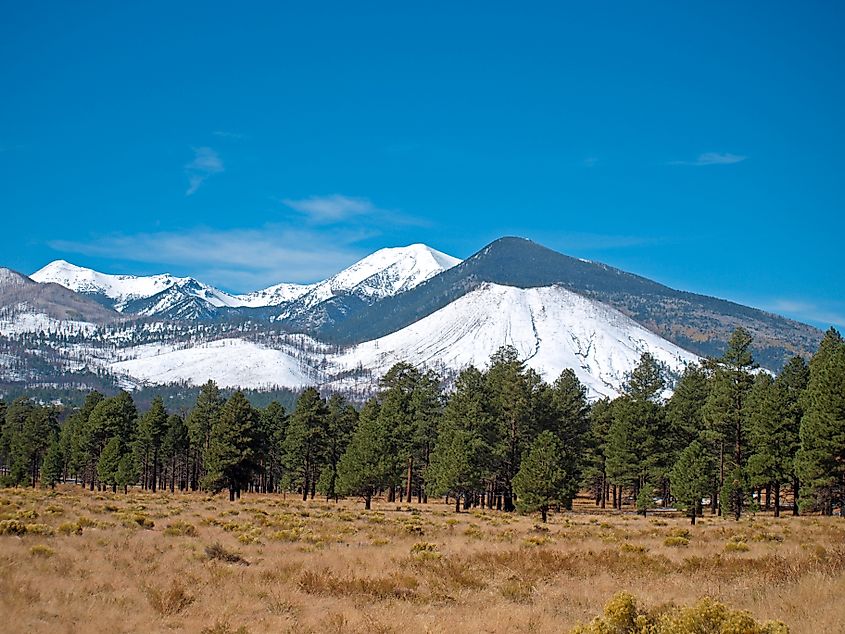
National forests are federally managed lands overseen by the U.S. Forest Service, a branch of the Department of Agriculture. They were first established in the late 19th century to protect watersheds, preserve timber, and provide sustainable resources for the growing nation. Unlike national parks, which are primarily preserved for conservation and public enjoyment, national forests are managed for multiple uses. This means that they balance recreation, logging, grazing, mining, and conservation.
Visitors to national forests can hike, fish, hunt, camp, bike, and in some cases, ski or ride snowmobiles. National forests are often closer to urban areas than national parks, providing convenient outdoor escapes for millions of Americans. They also play a crucial role in protecting watersheds, preserving wildlife habitat, and combating climate change by storing carbon in trees and soil.
The Number of National Forests

As of 2025, the United States has 154 national forests. These forests are spread across 44 states and cover more than 193 million acres. Some states, like Alaska, California, and Oregon, are home to multiple national forests, each offering unique ecosystems and recreational opportunities. The Forest Service divides the national forests into regions for administrative purposes, making it easier to manage resources, enforce regulations, and provide visitor services.
It’s important to note that in addition to national forests, the US also manages 20 national grasslands, which function in a similar manner but are primarily prairie ecosystems. Together, these lands form the National Forest System.
Top National Forests by Size

Not all national forests are created equal. Some span millions of acres and include entire mountain ranges, while others are more modest in size but just as rich in natural beauty and recreational opportunities. Here are some of the largest and most well-known national forests in the United States:
-
Tongass National Forest, Alaska: At nearly 17 million acres, this is the largest national forest in the country. It contains old-growth temperate rainforests, fjords, and abundant wildlife, including bears, eagles, and salmon.
-
Chugach National Forest, Alaska: Covering over 5 million acres, Chugach is a haven for mountaineers, skiers, and wildlife enthusiasts.
-
Humboldt-Toiyabe National Forest, Nevada and California: Spanning over 6.3 million acres, this is the largest national forest in the lower 48 states. It features rugged mountains, high desert landscapes, and diverse wildlife including mule deer, bighorn sheep, and golden eagles.
-
Salmon-Challis National Forest, Idaho: Covering more than 4.3 million acres, this forest boasts towering mountains, deep canyons, and pristine rivers. It is home to elk, mountain lions, and a variety of trout species, making it a paradise for hikers, anglers, and wildlife enthusiasts.
-
Uinta-Wasatch-Cache National Forest, Utah and Wyoming: Covering more than 2.2 million acres, this forest offers alpine peaks, clear lakes, and abundant wildlife including deer and eagles.
These examples show how national forests range from remote, rugged wilderness areas to highly accessible destinations near major cities. Each forest provides its own combination of scenery, wildlife, and recreational options.
Recreation Opportunities
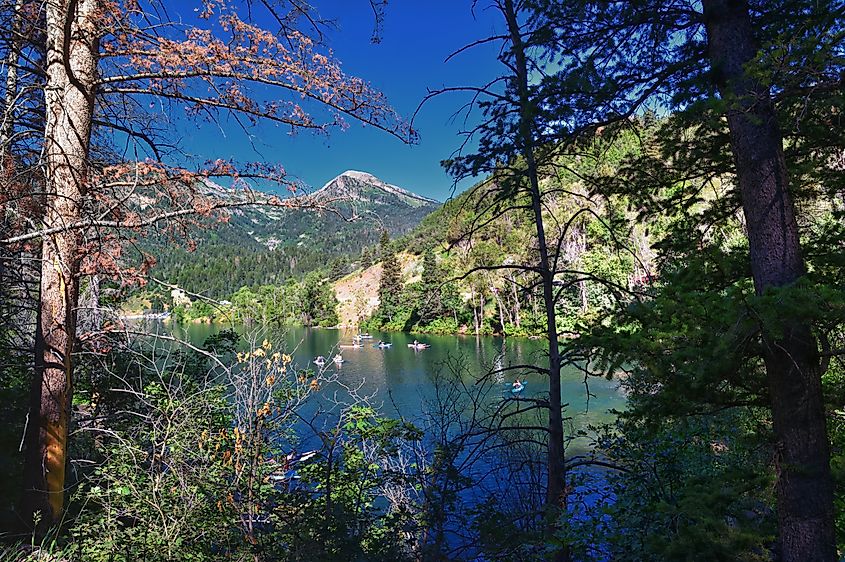
National forests are designed for public use, making them some of the most versatile outdoor spaces in the country. The activities you can enjoy vary depending on the forest and the season, but most national forests offer the following:
-
Hiking and backpacking: Trails range from short, family-friendly walks to multi-day backpacking adventures through remote wilderness areas.
-
Camping: From developed campgrounds with showers and picnic tables to primitive backcountry sites, national forests accommodate a wide range of camping experiences.
-
Fishing and boating: Rivers, lakes, and reservoirs provide ample opportunities for anglers and water enthusiasts.
-
Hunting: Many forests allow regulated hunting seasons, offering a connection to traditional outdoor skills.
-
Winter sports: Skiing, snowshoeing, and snowmobiling are popular in forests with mountainous terrain and heavy snowfall.
-
Wildlife viewing and photography: National forests are home to diverse species, including deer, elk, bears, and countless birds.
In addition, many national forests host seasonal festivals, volunteer events, and educational programs. Nonprofit organizations and local communities often partner with the Forest Service to lead guided hikes, river cleanups, and conservation efforts.
Wilderness Areas within National Forests
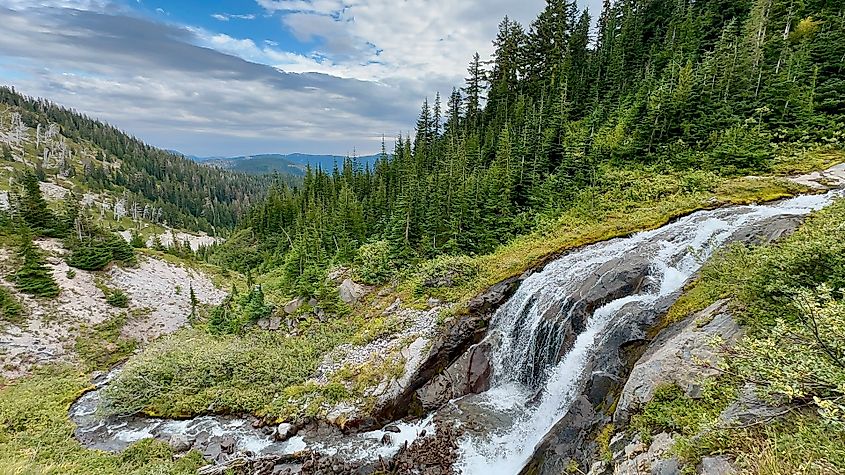
Many national forests contain designated wilderness areas, which are part of the National Wilderness Preservation System. Wilderness areas are protected lands where human activity is highly restricted, ensuring ecosystems remain largely untouched. These areas are perfect for hikers and campers seeking solitude and pristine natural beauty.
Some notable wilderness areas include:
-
Mount Hood Wilderness, Oregon: Offers challenging climbs, alpine lakes, and dense forests on the slopes of Oregon’s highest peak.
-
Salmon-Huckleberry Wilderness, Oregon: Known for waterfalls, old-growth trees, and diverse wildlife.
-
Badger Creek Wilderness, Oregon: A smaller, remote area ideal for backpackers and solitude seekers.
-
San Juan National Forest Wilderness Areas, Colorado: Includes the Weminuche Wilderness, the largest in Colorado, offering rugged peaks and remote trails.
These protected zones highlight the Forest Service’s dual mission: providing recreational opportunities while preserving delicate ecosystems.
How National Forests Differ from National Parks
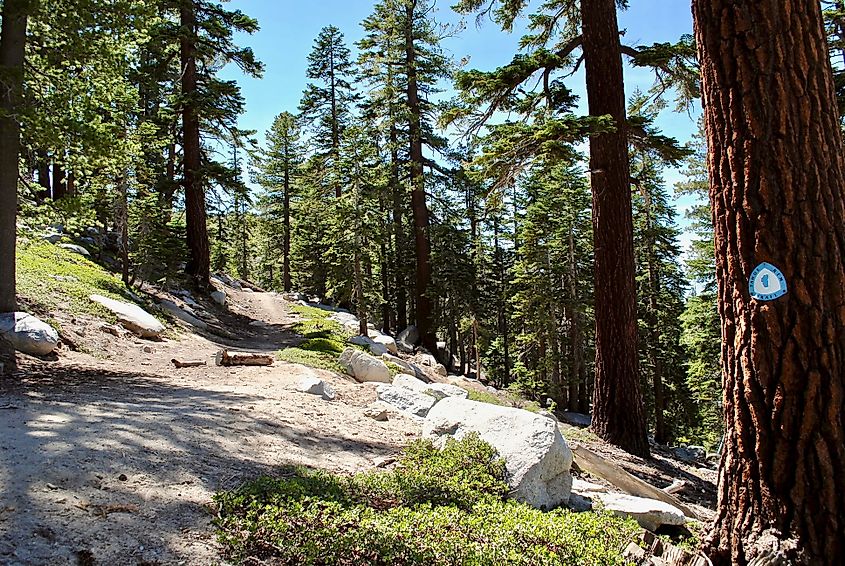
Many people confuse national forests with national parks, but the two types of public lands serve different purposes:
-
National Parks: Focus on preserving natural and cultural resources with minimal human interference. They often have strict rules limiting development and resource extraction.
-
National Forests: Managed for multiple uses, including recreation, timber harvesting, grazing, and wildlife conservation. Forests tend to be larger and more flexible in terms of human activity.
This distinction allows national forests to provide both outdoor adventure and essential resources, making them vital to the country’s economy and environmental health.
Economic and Environmental Importance
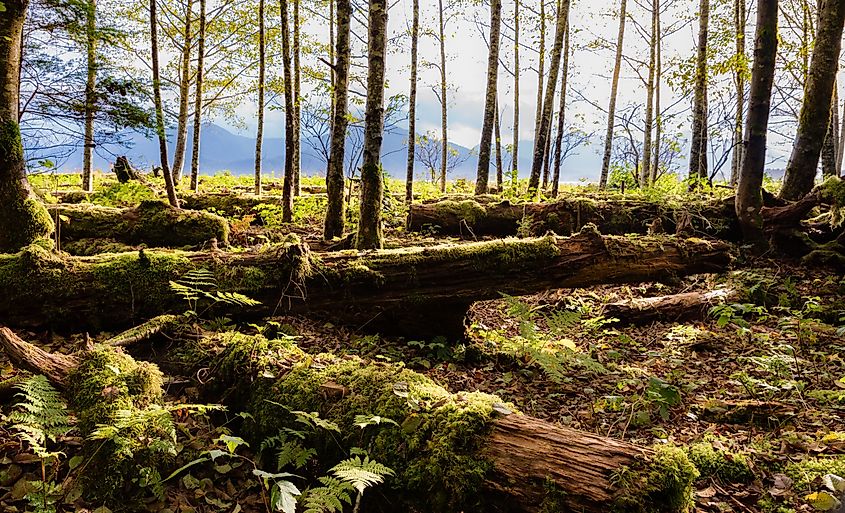
National forests are more than just scenic areas; they are economic engines and environmental safeguards. Timber, grazing, and minerals extracted from national forests support local communities. At the same time, these forests protect watersheds, help prevent soil erosion, and store carbon, which combats climate change.
Additionally, forests near urban areas, like the Uinta-Wasatch-Cache National Forest near Salt Lake City, serve as backyard playgrounds for millions of people. They provide quick access to nature without requiring long road trips, contributing to public health and quality of life.
Visiting National Forests
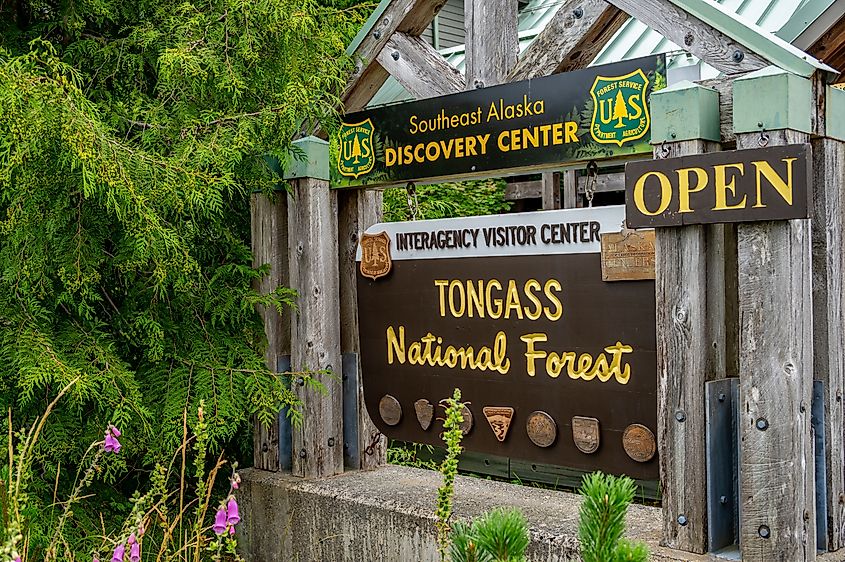
Planning a visit to a national forest can be as simple as a day trip or as adventurous as a week-long backpacking excursion. Here are some practical tips:
-
Check for maps and permits: The U.S. Forest Service website offers interactive maps and details about permits, camping sites, and regulations.
-
Plan for the season: Winter brings snow sports opportunities, while summer is perfect for hiking, fishing, and camping. Fall offers vibrant foliage and fewer crowds.
-
Pack essentials: Layered clothing, sturdy shoes, water, and safety gear are important. Wilderness trips may require more specialized equipment.
-
Respect wildlife and rules: Stay on marked trails, follow camping guidelines, and respect wildlife habitats to protect the forest for future generations.
Whether you are exploring old-growth forests in Alaska, hiking mountain trails in Colorado, or enjoying lakes and streams in Oregon, national forests offer endless opportunities for adventure and relaxation.
The Forest Service Today
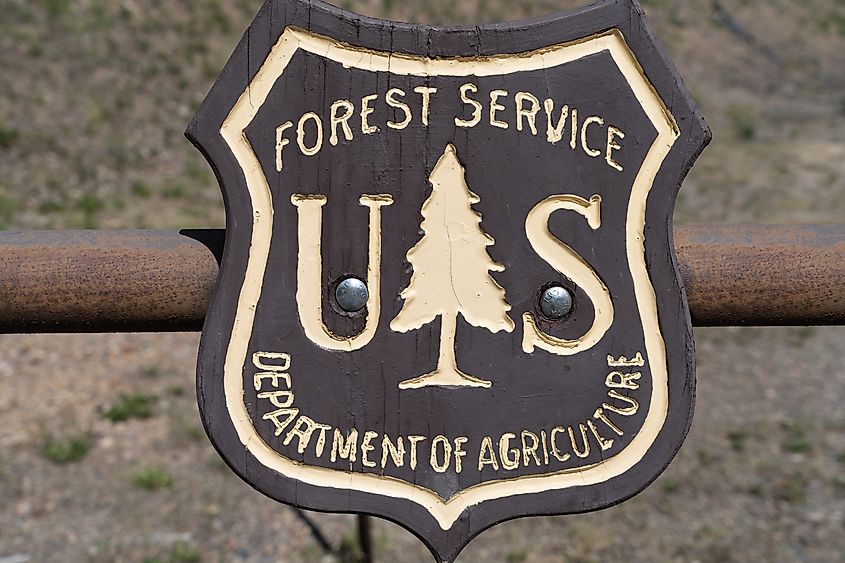
The U.S. Forest Service continues to manage these lands with a focus on sustainability. Volunteers play a vital role in maintaining trails, cleaning waterways, and supporting conservation programs. In recent years, public engagement has become more important than ever to balance recreation, logging, and environmental protection.
Programs like guided hikes, educational workshops, and citizen science initiatives allow people to connect with nature and contribute to forest health. National forests are living, breathing landscapes that depend on thoughtful management and public support.
Forests That Define a Nation
National forests are among the most dynamic and accessible public lands in the United States. With 154 national forests spanning nearly 200 million acres, they offer everything from quiet hikes through old-growth trees to adrenaline-pumping adventures on mountain slopes. They protect ecosystems, provide vital resources, and create economic opportunities for surrounding communities.
Whether you are seeking solitude in a remote wilderness, casting a line in a mountain lake, or taking a scenic drive near an urban center, national forests deliver unparalleled access to America’s natural beauty. By visiting responsibly, following regulations, and supporting conservation efforts, you can help ensure that these forests remain a source of wonder for generations to come.
